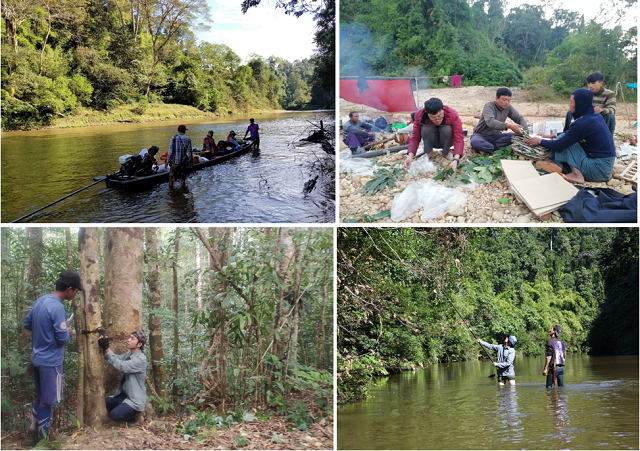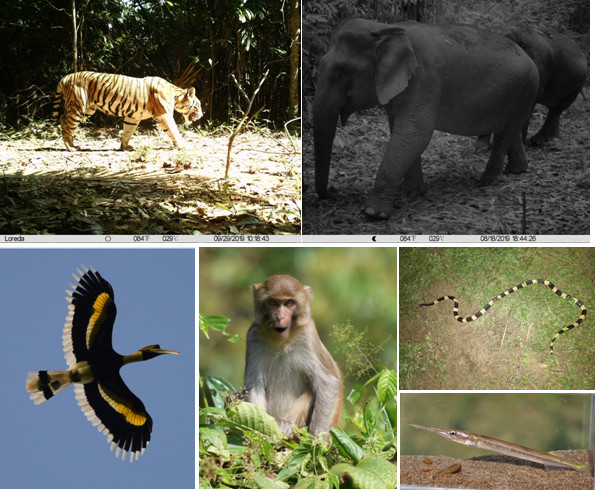A team of scientists have completed their mission of 9th China-Myanmar joint field expedition in the Htamanthi Wildlife Sanctuary, north Myanmar from November 26 to December 28. The team was made up with researchers from the Southeast Asia Biodiversity Research Institute of the Chinese Academy of Sciences (CAS-SEABRI) and the Natural Resources and Environmental Conservation of Myanmar.
During the 9th expedition, the researchers investigated biodiversity of beasts, small mammals, fish, amphibians and reptiles, and vascular plants.
The researchers collected 2000 sheets of plant specimens in over 560 species, 1170 specimens of fish in 72 species, 132 specimens of small mammals in over 60 species, and 60 specimens of amphibians and reptiles of about 20 species. They also equipped 60 infrared cameras in the field and photographed big mammal like elephants, tigers, buffalos, etc.
This is the second large-scale expedition since May to June, and is the ninth of its kind since 2014.
The field investigation team was headed up by Prof. Quan Ruichang, executive vice director of SEABRI and assistant director of Xishuangbanna Tropical Botanical Garden (XTBG).
ABOUT
Geographically bounded between Uyu and Chindwin rivers, the Htamanthi Wildlife Sanctuary has been the largest nature protected area in the Sagaing Region of Myanmar since its foundation in 1974. Covering an area of 2,151 square kilometers, the Htamanthi Wildlife Sanctuary is rich in biodiversity and it is a protected area for wildlife animals.

Researchers study biodiversity in the field.

Researchers capture pictures of animals

Expedition team pose a photo.



